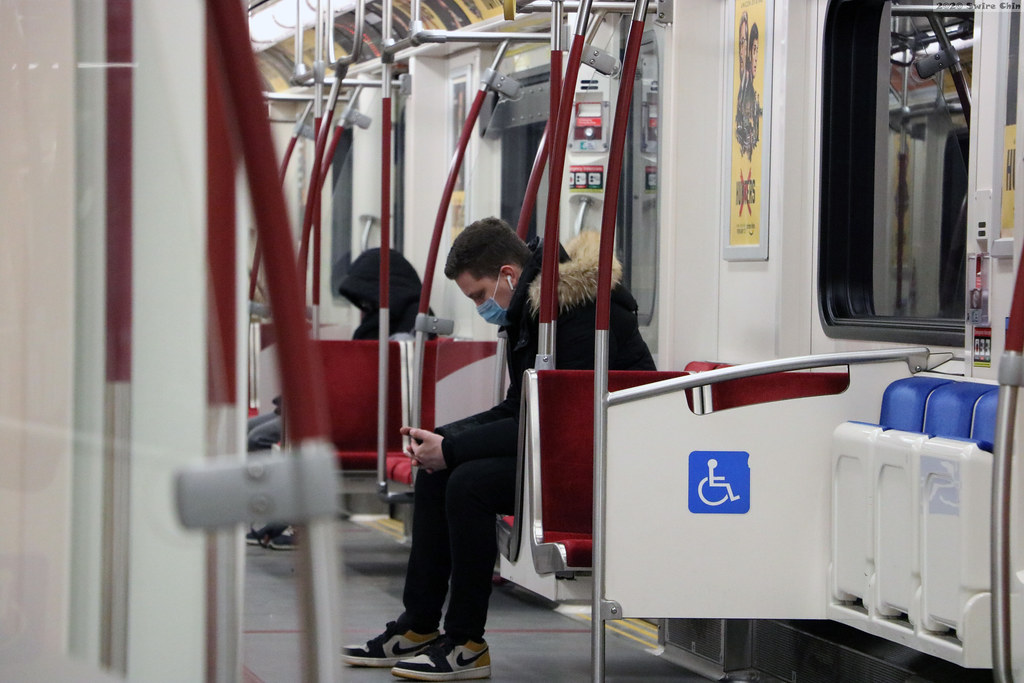Amid Toronto and Peel Region’s move into the grey zone of Ontario’s reopening framework after months of lockdown, researchers at York have found that Ontario’s current system of initiating longer lockdowns may be reducing public compliance with the COVID-19 restrictions.
The team, consisting of Assistant Professor and Lead Researcher Iain Moyles, Science Professor Jane Hefferman and Assistant Professor Jude Kong, have developed a new model that looks at the social aspects of being in a longer lockdown, which aims to help reduce the spread of COVID-19, and make restrictions easier to follow.
Paying attention to the reasons why people are starting to relax on COVID-19 restrictions plays a huge role in figuring out the best course of action for a population. Assistant Professor and Lead Researcher Iain Moyles notes that the social stresses of the pandemic — such as needing to see family and friends, or having to take time off work — are playing a part in the spread of the virus.
“It’s important to realize that human beings are social creatures. Almost all decisions we make are centred around balancing personal risks and costs. There are very large risks of staying home, such as missing time from work and losing money. These stresses will drive people to ignore public guidelines out of necessity for their well-being,” he says.
“Over time, these personal costs will make the risk of getting sick look more attractive and again, driving people to ignore public health guidelines,” Moyles adds.
Toronto’s Chief Medical Officer Dr. Eileen de Villa alluded to this balance of personal choices during a press conference last week, where she discussed the March 8 transition to the grey zone.
“Moving out of the stay-at-home order is a reasonable course of action for Toronto — although I will add that while there are evident reasons for a change in status, there remain reasons or risks that underscore how moving back into grey status is and will be a delicate balance,” she said. “It comes down to our choices in our daily lives. Our ability to make the right choices is the reason a move in this direction is possible.”
Prior to this new research, previous COVID-19 models usually assume that people will immediately follow new restrictions. They also only factor in the larger economic effects, and not these smaller choices that impact individuals. The study for this model points out that the more time people have to take off work and are unable to see their friends and families results in a disregard of COVID-19 guidelines.
“Taking into account all of these personal choices provides a more realistic picture for how compliant people will be when contact reduction is needed, thus giving a more accurate depiction of the spread of the virus,” Moyles says.
With the asymptomatic spread, many people are deciding to go against COVID-19 restrictions, without knowing if they are infectious or not. This important balance of staying safe and reducing the overall stress of being in lockdown is something that the new model is working to achieve.
The model works to allow policy makers to better plan when lockdowns are necessary and how long to make them by providing the best strategies to reduce contact. With this data, officials can compare the severity of cases and how they are spreading with the plans that the model comes up with, and determine the best fit for the local area.
“One way to think about it is that if you ask people to stay home for a month and then when cases climb, ask them to stay home for a month again, they may be reluctant because of the negative impact that long lockdown duration had on them,” says Moyles.
“However, if they only need to stay home for a week then they may be more eager to comply next time because the negative impact didn’t last as long.”


